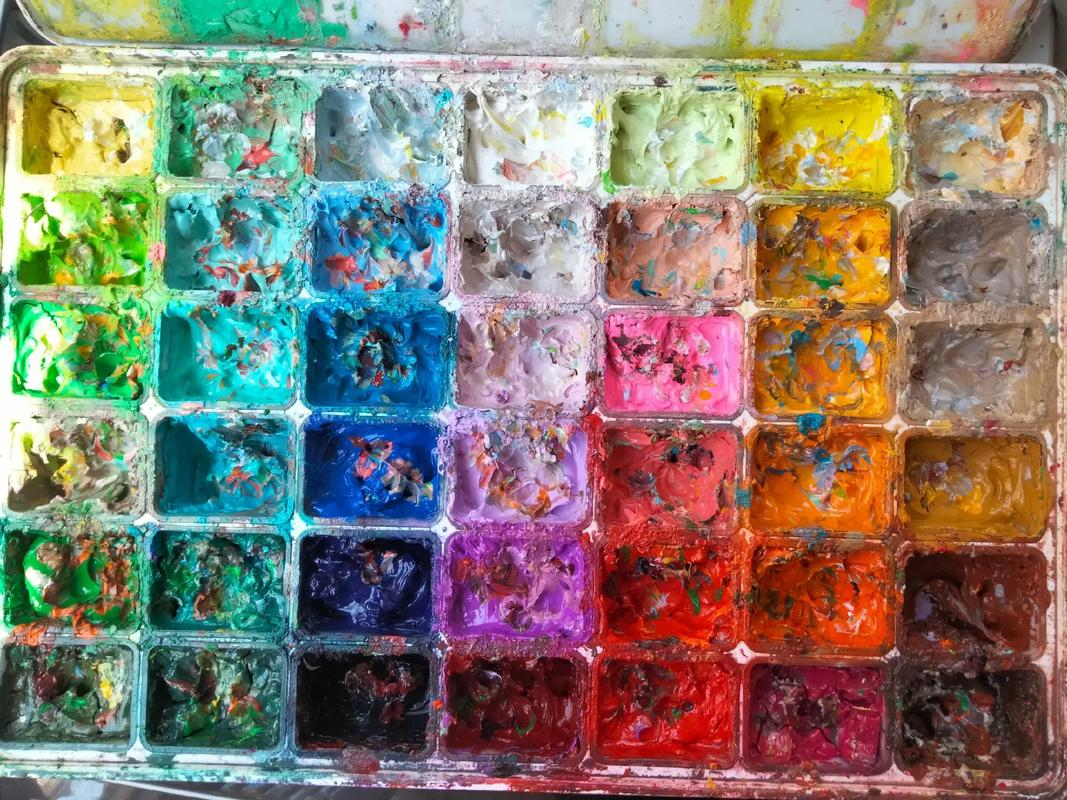Role of TiO2 nanoparticles in reducing toxicity of dyes and pharmaceutical drugs
May 29, 2024, 11:58 AM
TDD-global
6261
TiO2 nanoparticles have wide applications in industry; some of them are given in cosmestics, dye,paper,plastic and rubber industry,food additive, construction material, coating to building, pigment, medical devices, sunscreens, gas sensing. TiO2 nanoparticles in reducing toxicity of dyes and pharmaceutical drugs also play a role.
<p>
<span style="font-size:16px;">TiO2 nanoparticles have wide applications in industry; some of them are given in cosmestics, dye,paper,plastic and rubber industry,food additive, construction material, coating to building, pigment, medical devices, sunscreens, gas sensing.</span>
</p>
<p>
<h3 class="c-article__sub-heading" id="Sec5" style="font-family:-apple-system, BlinkMacSystemFont, "font-size:1.5rem;font-weight:400;color:#222222;background-color:#FCFCFC;">
<span style="font-size:16px;">Role of TiO</span><span style="font-size:16px;line-height:0;vertical-align:baseline;">2</span><span style="font-size:16px;"> nanoparticles in reducing toxicity of dyes and pharmaceutical drugs</span>
</h3>
<span style="color:#333333;font-family:Georgia, Palatino, serif;font-size:16px;background-color:#FCFCFC;">TiO</span><span style="font-size:16px;line-height:0;vertical-align:baseline;color:#333333;font-family:Georgia, Palatino, serif;background-color:#FCFCFC;">2</span><span style="color:#333333;font-family:Georgia, Palatino, serif;font-size:16px;background-color:#FCFCFC;"> work as a nanocatalyst in the degradation of methyl orange dye. TiO</span><span style="font-size:16px;line-height:0;vertical-align:baseline;color:#333333;font-family:Georgia, Palatino, serif;background-color:#FCFCFC;">2</span><span style="color:#333333;font-family:Georgia, Palatino, serif;font-size:16px;background-color:#FCFCFC;"> nanoparticles synthesized using </span><i><span style="font-size:16px;">Citrus paradisi</span></i><span style="color:#333333;font-family:Georgia, Palatino, serif;font-size:16px;background-color:#FCFCFC;"> peel extract exhibited 72% degradation of methyl orange using sunlight</span><span style="color:#333333;font-family:Georgia, Palatino, serif;font-size:16px;background-color:#FCFCFC;">. Antiseptic commonly used in pharmaceutical industry chlorhexidine digluconate (CHD) affects aquatic environment by inducing resistance in microorganisms and also affects human health. Using optimum conditions of UV light intensity of 50 μW cm</span><span style="font-size:16px;line-height:0;vertical-align:baseline;color:#333333;font-family:Georgia, Palatino, serif;background-color:#FCFCFC;">−2</span><span style="color:#333333;font-family:Georgia, Palatino, serif;font-size:16px;background-color:#FCFCFC;">, pH 10.5, 2.5:1 of substrate-to-catalyst ratio 68.2% degradation of chlorhexidine digluconate (CHD) was achieved using titanium dioxide as a photo catalyst. </span>
</p>
<p style="text-align:center;">
<span style="color:#333333;font-family:Georgia, Palatino, serif;font-size:16px;background-color:#FCFCFC;"><a href="http://www.tdd-global.com/" target="_blank"><img src="https://cdn.toodudu.com/20221213094209_38550.jpg" alt="" width="300" height="300" title="" align="" /></a><br />
</span>
</p>
<p style="text-align:center;">
Buy titanium dioxide at www.tdd-global.com
</p>
<p>
<span style="color:#333333;font-family:Georgia, Palatino, serif;font-size:16px;background-color:#FCFCFC;">In future, it is possible to reduce the toxic effects of waste water generated from pharmaceutical industry</span><span style="color:#333333;font-family:Georgia, Palatino, serif;font-size:16px;background-color:#FCFCFC;">. Researchers tried nanocomposites for the removal of antibiotics from the environment. G-TiO</span><span style="font-size:16px;line-height:0;vertical-align:baseline;color:#333333;font-family:Georgia, Palatino, serif;background-color:#FCFCFC;">2</span><span style="color:#333333;font-family:Georgia, Palatino, serif;font-size:16px;background-color:#FCFCFC;"> composites were found to have 97% removal efficiency of levofloxacin (for 1 mg/l) using 300 W UV power and 45 min irradiation time</span><span style="color:#333333;font-family:Georgia, Palatino, serif;font-size:16px;background-color:#FCFCFC;">. Use of TiO</span><span style="font-size:16px;line-height:0;vertical-align:baseline;color:#333333;font-family:Georgia, Palatino, serif;background-color:#FCFCFC;">2</span><span style="color:#333333;font-family:Georgia, Palatino, serif;font-size:16px;background-color:#FCFCFC;"> as a sorbent is limited due to its low surface area which is able to remove contaminants in low concentration. To reduce its agglomeration ability and to increase its surface area along with photo catalytic activity, TiO</span><span style="font-size:16px;line-height:0;vertical-align:baseline;color:#333333;font-family:Georgia, Palatino, serif;background-color:#FCFCFC;">2</span><span style="color:#333333;font-family:Georgia, Palatino, serif;font-size:16px;background-color:#FCFCFC;"> has been supported on zeolite, alumina, activated carbon and stainless steel. Composites of TiO</span><span style="font-size:16px;line-height:0;vertical-align:baseline;color:#333333;font-family:Georgia, Palatino, serif;background-color:#FCFCFC;">2</span><span style="color:#333333;font-family:Georgia, Palatino, serif;font-size:16px;background-color:#FCFCFC;"> with coconut shell powder were prepared using sol–gel method with heat treatment. These composites were reported to remove 98% carbamazepine, antiepileptic drug which is an important organic pollutant</span><span style="color:#333333;font-family:Georgia, Palatino, serif;font-size:16px;background-color:#FCFCFC;">.</span><span style="font-size:16px;"></span>
</p>
<p>
<span style="font-size:16px;"><span style="color:#333333;font-family:Georgia, Palatino, serif;font-size:16px;background-color:#FCFCFC;">TiO</span><span style="font-size:16px;line-height:0;vertical-align:baseline;color:#333333;font-family:Georgia, Palatino, serif;background-color:#FCFCFC;">2</span><span style="color:#333333;font-family:Georgia, Palatino, serif;font-size:16px;background-color:#FCFCFC;"> nanoparticles can be used for the photo degradation of toxic dyes and other pharmaceutical drugs, thus avoid harmful effects on environment.</span><span style="font-size:16px;"></span><br />
</span>
</p>
<p>
<span style="font-size:16px;"><span style="font-size:16px;"><br />
</span></span>
</p>
August 21, 2024, 2:42 PM
August 21, 2024, 2:28 PM
August 21, 2024, 2:52 PM
August 21, 2024, 2:20 PM













